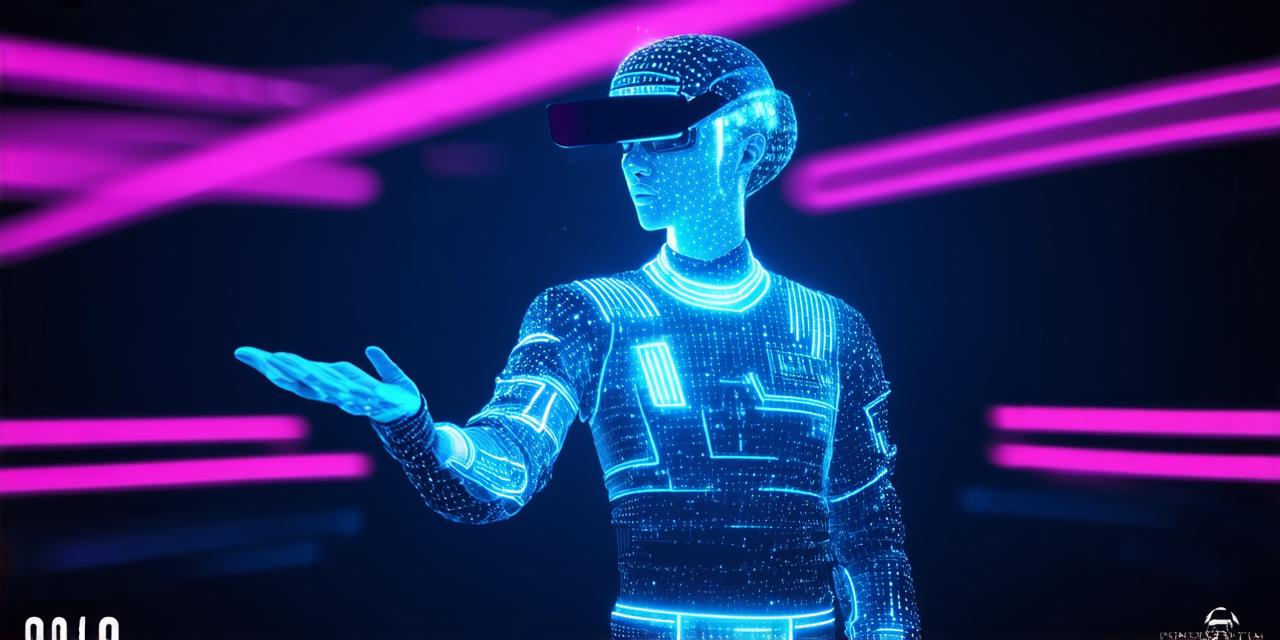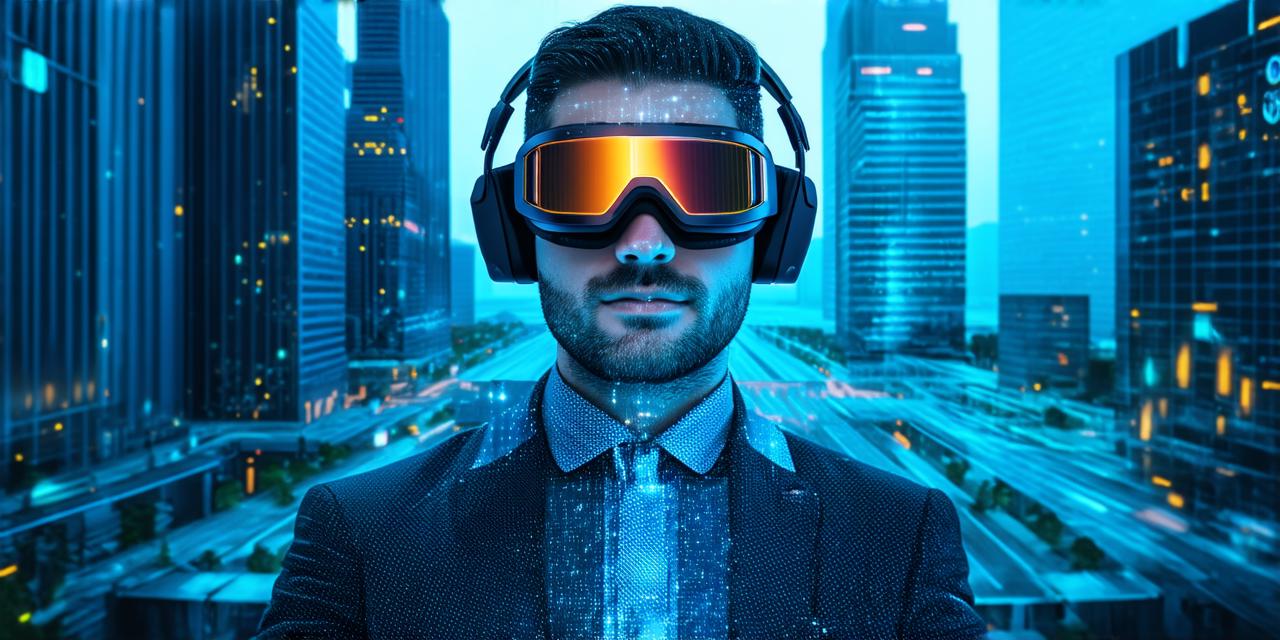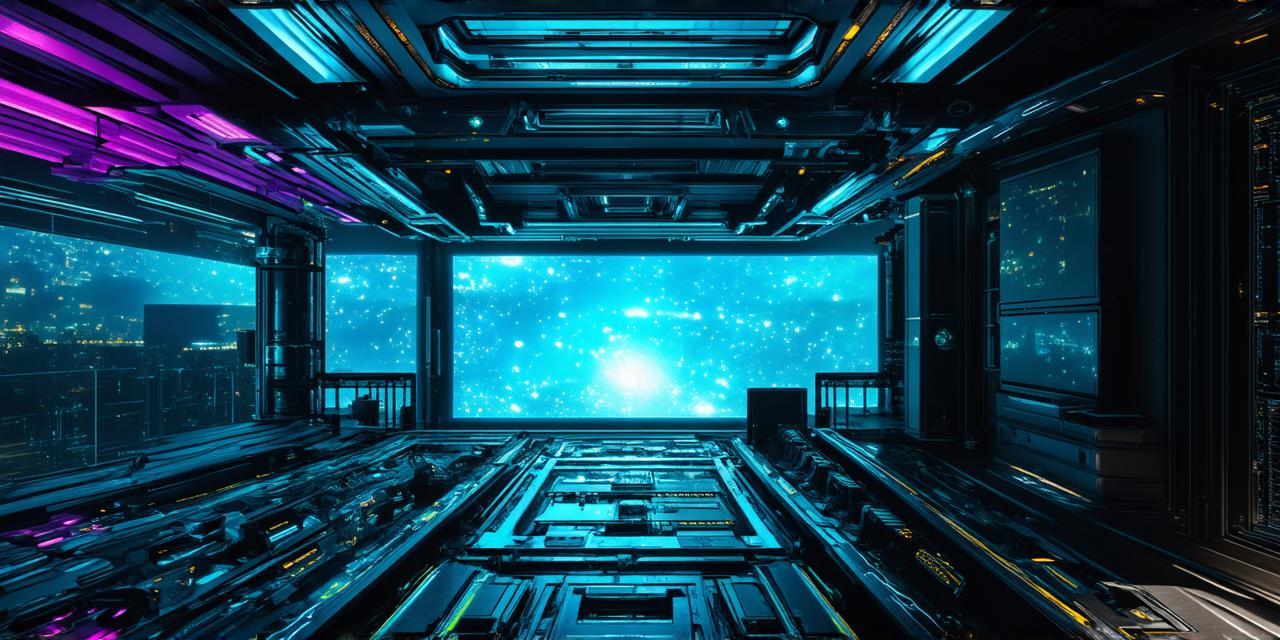The world of technology has seen a lot of advancements in recent years, with one of the most exciting developments being the integration of mixed reality (MR) and holograms into our daily lives. While these two technologies may seem similar at first glance, they are actually quite different in their capabilities and applications.
What is Mixed Reality?
Mixed reality (MR) is a technology that combines elements of the real world with elements of a virtual world to create an immersive experience for the user. This can be achieved through a variety of devices, such as headsets or smart glasses, which track the user’s movements and allow them to interact with virtual objects in real time. MR has applications in fields such as gaming, education, and healthcare, allowing users to experience things that may not be possible in the physical world.
What are Holograms?
Holography is a technique that allows images to be recorded and reproduced in three dimensions (3D). A hologram is created by capturing light waves from an object and recording them onto a photosensitive material, such as a film or plate. When viewed under the appropriate lighting conditions, the hologram appears to be a 3D image that can be viewed from any angle.
The relationship between MR and holograms:
While both MR and holography involve creating 3D images, they are fundamentally different in their capabilities and applications. Holography is primarily used for recording and reproducing physical objects, while MR allows for the creation of virtual environments that can be interacted with in real time.



